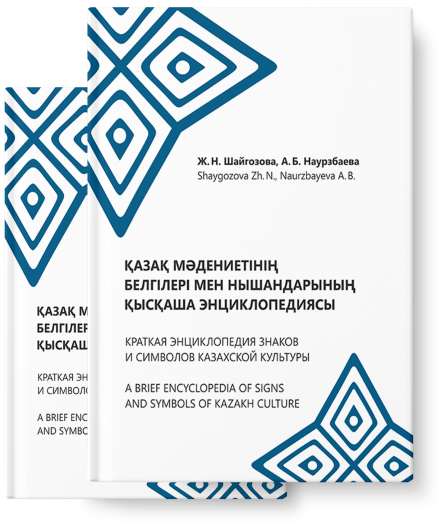
A short encyclopedia of
Signs and symbols of
Kazakh culture

A unique gesture used in a number of cases: when receiving a bata (blessing); when reciting prayers; in situations related to rituals such as ” as qaiyru” (blessing of dastarkhan/ food after eating). Physically, it looks like this: Hold your hands at chest level and open the palms upwards. At the end, you hold your palms over your face. According to one version, this gesture is called a Muslim gesture recorded in the Hadith. It can also be considered one of the oldest gestures associated with the gesture of worshipping any object of worship: such gestures are borrowed by later cultures from the archaic ritual practice of communion with the deity.
According to traditional folk representations (information of informants) at the gesture “qol zhaiu” on the palm, folded in the form of a chalice lowers heavenly grace, and carrying on the face with the palms means “appropriation” of their own. In this symbolic gesture, the palm plays a leading role, which in many cultures is considered a concentration of spiritual power. In the same series there is a material embodiment of the open palm in the form of a widely used amulet – Hamsa, Fatima’s hand, Miriam’s hand, etc.
The sign of the hand as a symbol of power is archaic. Amulets in the form of a hand were often found in Sarmatian tombs; the logic of traditional representations was the idea of belonging – “to touch something meant “to “take possession”. Great importance was attached to the hand when concluding contracts and performing the twinning ceremony. The sign “hand” is found in the oldest Indo-European contract texts [5].

